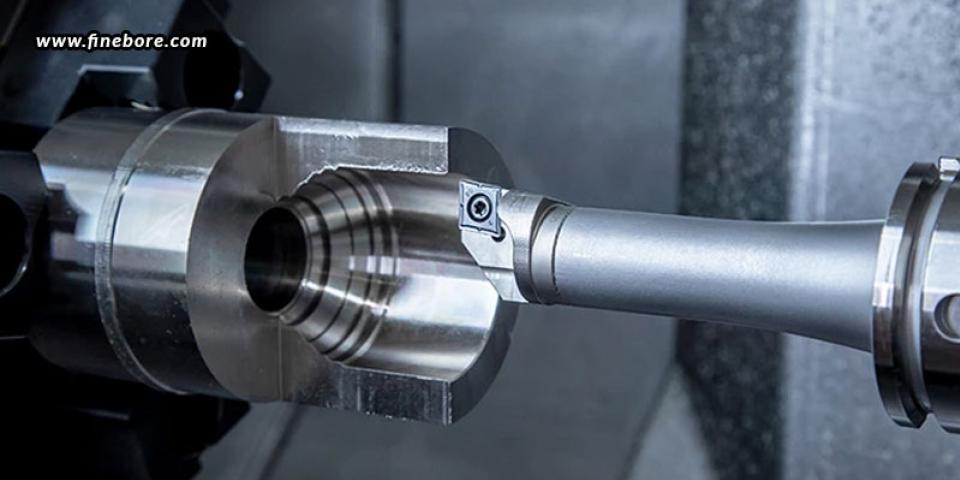Precision Harvesting Market: Revolutionizing Agricultural
Efficiency and Sustainability
The Precision
Harvesting Market is witnessing substantial growth as agricultural
industries increasingly adopt advanced technologies to enhance efficiency,
reduce costs, and promote sustainable farming practices. The market was valued
at USD 6.73 billion in 2022 and is projected to grow to USD 7.15
billion in 2023. By 2032, it is expected to reach a valuation of USD
12.4 billion, expanding at a CAGR of 6.31% during the forecast
period (2024–2032).
Key Growth Drivers
- Rising
Demand for Food
The growing global population is driving the demand for efficient agricultural practices to maximize crop yields. Precision harvesting, which leverages cutting-edge technologies such as GPS, IoT, and AI, enables farmers to optimize harvesting processes and minimize crop losses. - Technological
Advancements in Agriculture
The integration of drones, sensors, robotics, and machine learning into harvesting operations is transforming traditional farming into a technology-driven industry. These technologies provide real-time data, enabling precise decision-making to enhance productivity. - Focus
on Sustainability
With increasing environmental concerns, precision harvesting helps in reducing waste, minimizing resource usage, and ensuring sustainable farming practices. Efficient harvesting methods reduce fuel consumption and emissions, aligning with global sustainability goals. - Government
Initiatives and Funding
Governments and organizations worldwide are investing in precision agriculture technologies to ensure food security and encourage eco-friendly practices. Subsidies and incentives for adopting advanced farming solutions are further driving market growth. - Labor
Shortages in Agriculture
The shortage of skilled agricultural labor in many regions has accelerated the adoption of automated and mechanized harvesting systems. These systems reduce dependency on manual labor while improving accuracy and efficiency.
Market Segmentation
- By
Technology:
- Global
Positioning Systems (GPS)
- Sensors
and Automation
- Drones
and Robotics
- By
Product Type:
- Harvesting
Robots
- Combine
Harvesters
- Autonomous
Tractors
- By
Application:
- Crop
Farming
- Horticulture
- Forestry
Regional Insights
- North
America
North America leads the precision harvesting market, driven by early adoption of advanced agricultural technologies, government support, and large-scale farming operations. The United States, in particular, is a key market for precision farming equipment. - Europe
Europe is experiencing steady growth due to increasing awareness of sustainable farming practices. Countries like Germany, France, and the Netherlands are adopting precision harvesting technologies to improve yield and reduce environmental impact. - Asia-Pacific
The Asia-Pacific region is expected to witness the highest growth during the forecast period. Rapid urbanization, increasing population, and government initiatives promoting smart farming in countries like China, India, and Japan are key drivers. - Rest
of the World
Emerging economies in Latin America, the Middle East, and Africa are gradually adopting precision harvesting technologies, spurred by the need to modernize agricultural practices and address food security challenges.
Challenges in the Precision Harvesting Market
- High
Initial Investment Costs
The cost of precision harvesting equipment and technologies can be prohibitive for small and medium-sized farmers, limiting widespread adoption. - Lack
of Skilled Workforce
Operating advanced agricultural technologies requires training and expertise, which may be lacking in some regions. - Data
Privacy Concerns
The increasing use of IoT and data collection devices raises concerns about data security and privacy among farmers.
Emerging Trends
- AI
and Machine Learning in Precision Harvesting
AI-powered systems are increasingly being used to analyze data from sensors and drones to predict optimal harvesting times, detect crop diseases, and improve overall efficiency. - Adoption
of Autonomous Vehicles
Autonomous tractors and harvesting robots are becoming a reality, offering enhanced precision and reducing the reliance on manual labor. - Integration
with IoT
IoT-enabled devices are providing real-time monitoring and insights, helping farmers make informed decisions to optimize harvesting processes. - Expansion
of Customizable Solutions
Manufacturers are developing tailored solutions to meet the specific needs of different regions, crops, and farming practices.
Future Outlook
The Precision Harvesting Market is poised for
significant growth as advancements in technology and increasing awareness of
sustainable farming practices drive adoption. With governments, organizations,
and private players investing heavily in smart agriculture, the market is
expected to play a pivotal role in addressing global food security challenges
while minimizing environmental impact.
smart watch smart ring led market
smartphone integrated circuit
market
smartwatch display panel market
solid state lighting system
application market
solid state power amplifier market
sp routing ethernet switching
market







